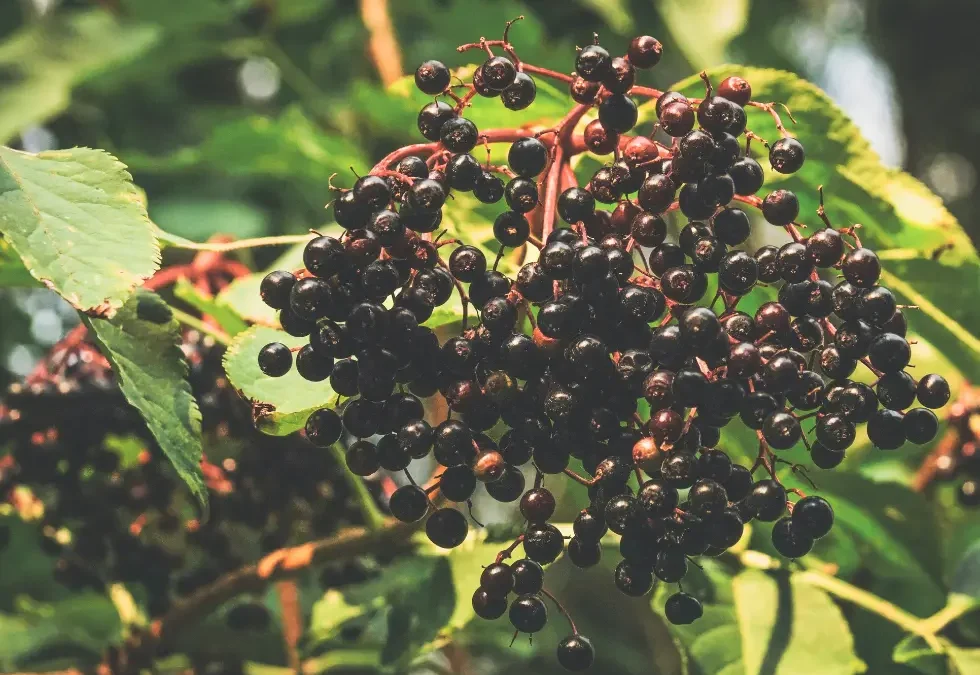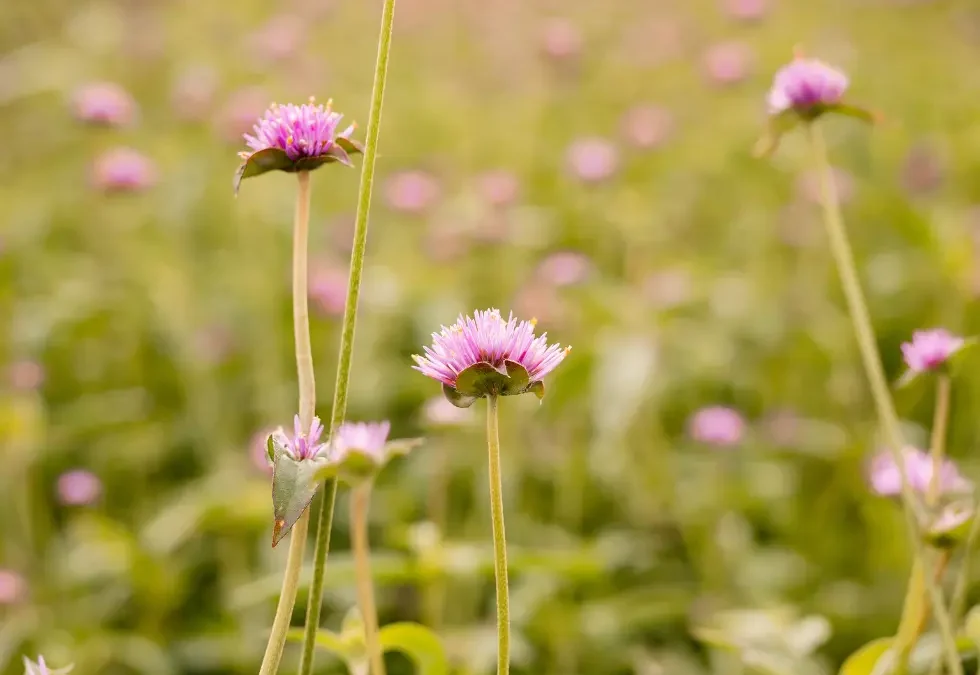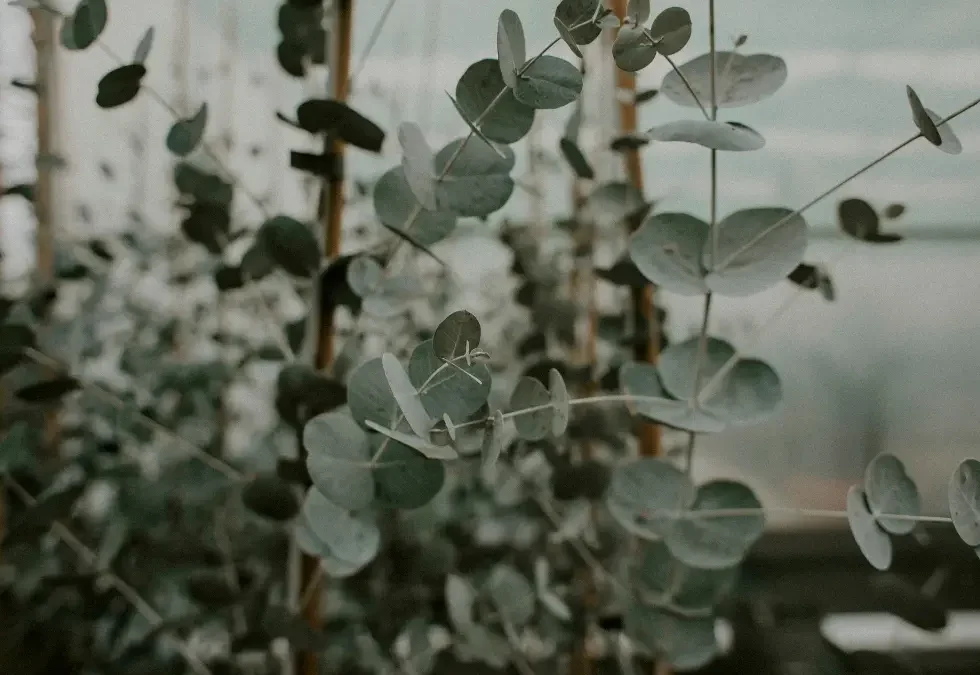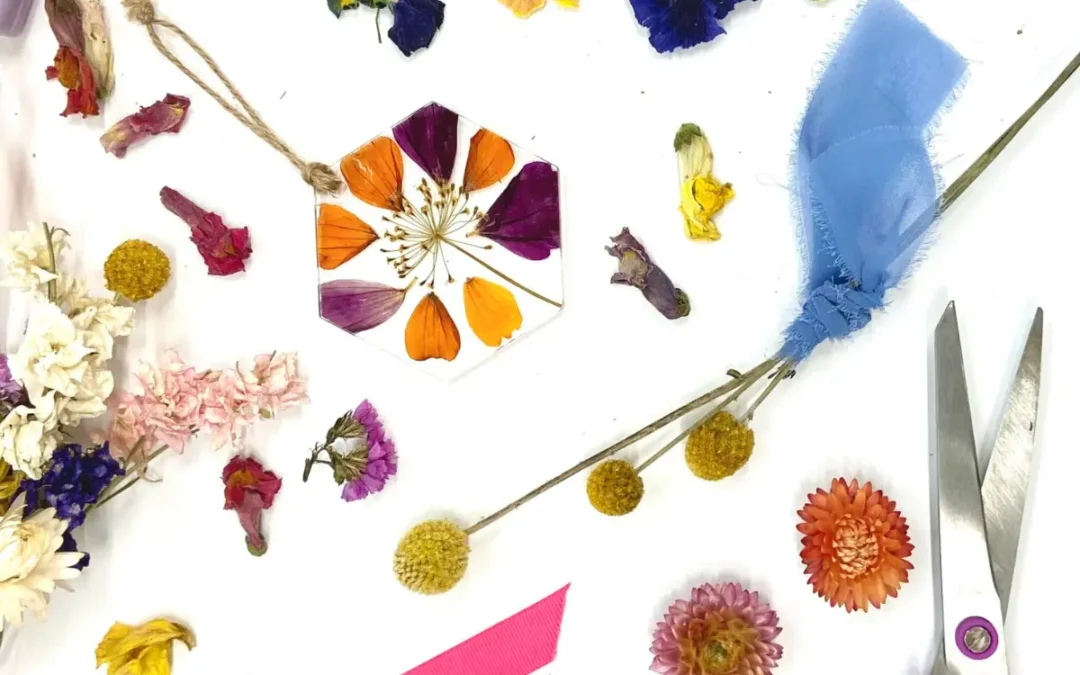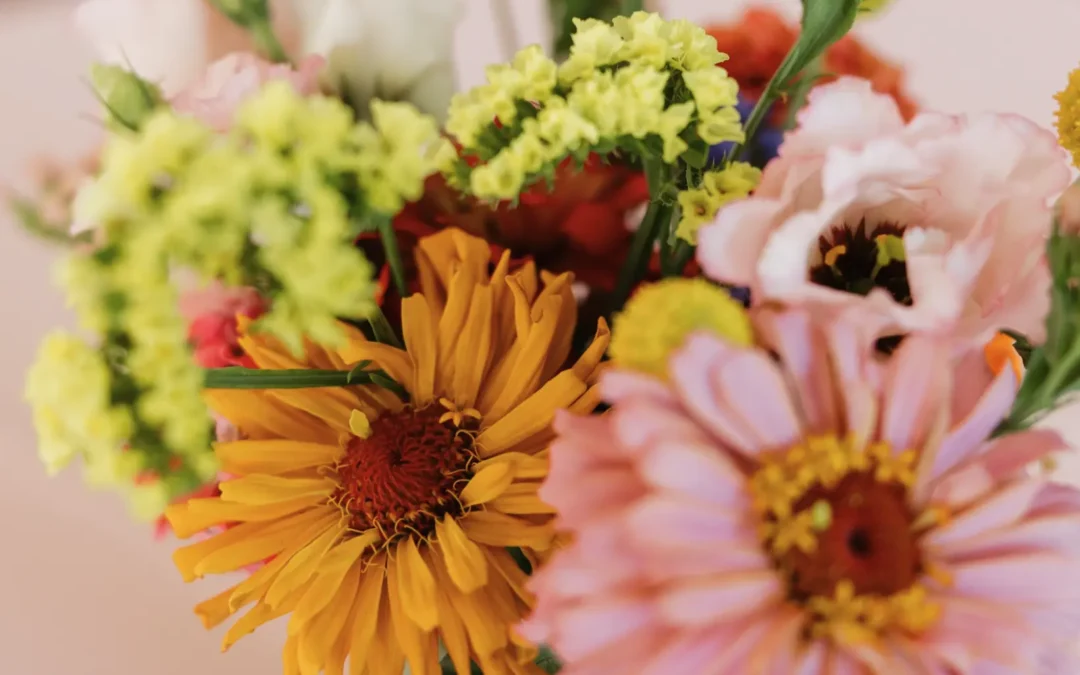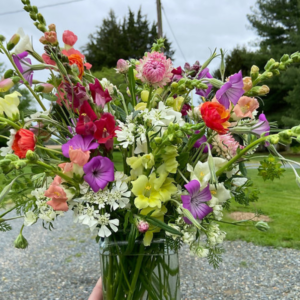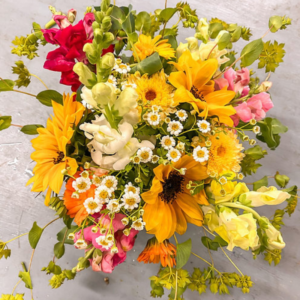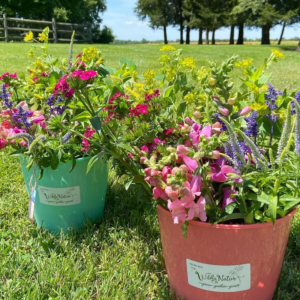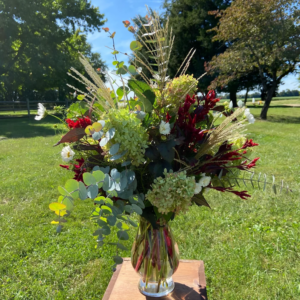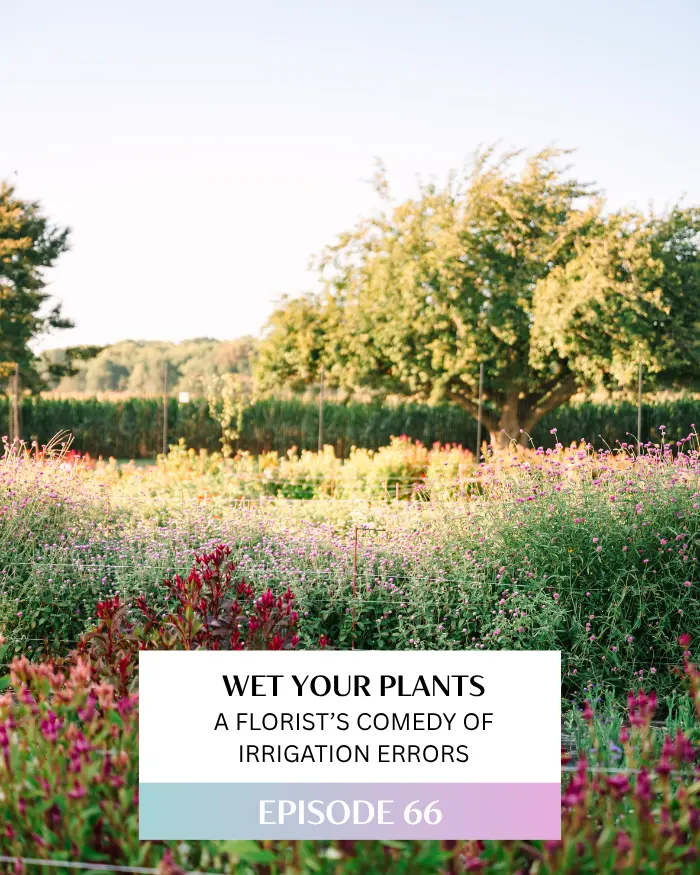
Why Irrigation Matters More Than You Think
Watering isn’t just about quenching plant thirst. It directly impacts root development, bloom size, vase life, and disease prevention. Inconsistent watering leads to stress—too much, and you risk rot and fungus. Too little, and your flowers are stunted, discolored, or worse, Barbie-sized. The goal? Deep, consistent, efficient watering that strengthens your plants from the roots up.
Know Your Garden, Know Your Needs
Before choosing an irrigation method, assess your setup. A small backyard garden might thrive with hand watering or soaker hoses. But a production field or perennial patch likely needs drip tape or a more advanced system.
Also consider your flowers—yarrow and statice love dry spells, while lisianthus and dahlias demand steady moisture. And don’t forget seasonal timing: seedlings and blooming plants need more frequent hydration, especially in summer heat.
Comparing Irrigation Methods: Pros & Cons
Hand Watering
Best for: Small gardens, containers, greenhouse starts
- Pros: Inexpensive, personal, good for delicate plants
- Cons: Time-consuming, inconsistent, sore wrists, and hose drama galore
Sprinklers
Best for: Lawns or wide, non-specific coverage
- Pros: Set it and forget it
- Cons: Wasteful, wets foliage (invites disease), terrible for cut flower beds
Soaker Hoses
Best for: Small flower beds, hedgerows
- Pros: Easy to install, gentle delivery
- Cons: Uneven flow, prone to damage, short lifespan
Drip Tape / Drip Irrigation
Best for: Farms, in-ground beds, hoop houses
- Pros: Precise root zone watering, scalable, repairable
- Cons: Tricky initial setup, pressure-sensitive, vulnerable to critters (ask the foxes)
Real-Life Lessons from the Flower Farm
At Wildly Native Flower Farm, we’ve tested it all—hand watering, drip systems, even high-tech zone irrigation. We’ve had moles chew through buried lines and foxes wreck tape above-ground. Our solution? Hand watering where practical, and drip tape strategically for water-loving crops. Drip systems need good water pressure and regular checks, but when done right, they’re a game-changer.
Hoses Matter More Than You Think
The right hose makes or breaks your watering routine:
- Standard hoses: Common but heavy, prone to kinks, and potentially not food-safe. Look for lead-free, drinking-safe versions if you grow edibles.
- Expandable hoses: Lightweight and easy to store—great for patios, but not ideal for daily farm use.
- Soaker hoses: Ideal for hedgerows, but need to be monitored for damage or blockages.
- Drip tapes: Budget-friendly and easy to lay in seasonal beds.
- Coiled hoses: Compact and perfect for greenhouses or tight spaces.
Add quick-connect fittings to save time (and your sanity). Just remember to remove and dry them in winter to prevent cracking.
Nozzle & Wand Wisdom
Pair your hose with a high-quality wand. We love the Dramm brand for its ultra-gentle rain-like spray—perfect for seedlings and new transplants. Look for nozzles with locking triggers to avoid hand fatigue during long watering sessions.
When & How Often Should You Water?
- Deeply & Less Frequently: Encourages strong root systems.
- Early Morning: Minimizes evaporation, prevents disease.
- 2–3 Times a Week: Adjust based on weather, not the calendar.
- Use a Moisture Meter: Your eyes can lie; your tools don’t.
Pro Tips to Keep It Flowing
- Install timers to simplify your routine
- Group plants with similar water needs together
- Regularly flush and clean drip lines and nozzles
- Check for algae buildup in hose heads
- Use mulch to reduce evaporation and regulate soil temperature
Special Notes for Florists & Container Gardeners
If you’re growing in pots or small raised beds, don’t skip irrigation. Use container drip kits, self-watering planters, smart timers, or moisture-retaining potting mixes. These tools make a huge difference in stem quality and bloom strength—especially during heat waves.
Water Wisely & Bloom Boldly
There’s no perfect, one-size-fits-all irrigation setup—but watering with intention is one of the most impactful things you can do for your garden. Invest the time to learn your space, match your plants’ needs, and stay flexible when challenges arise. Your flowers will reward you tenfold.
If you loved these flower garden irrigation tips, follow us, tag us with your watering setup @WildlyNativeFlowerFarm, and share this guide with your fellow growers. For more practical resources, visit us at wildlynative.com.

